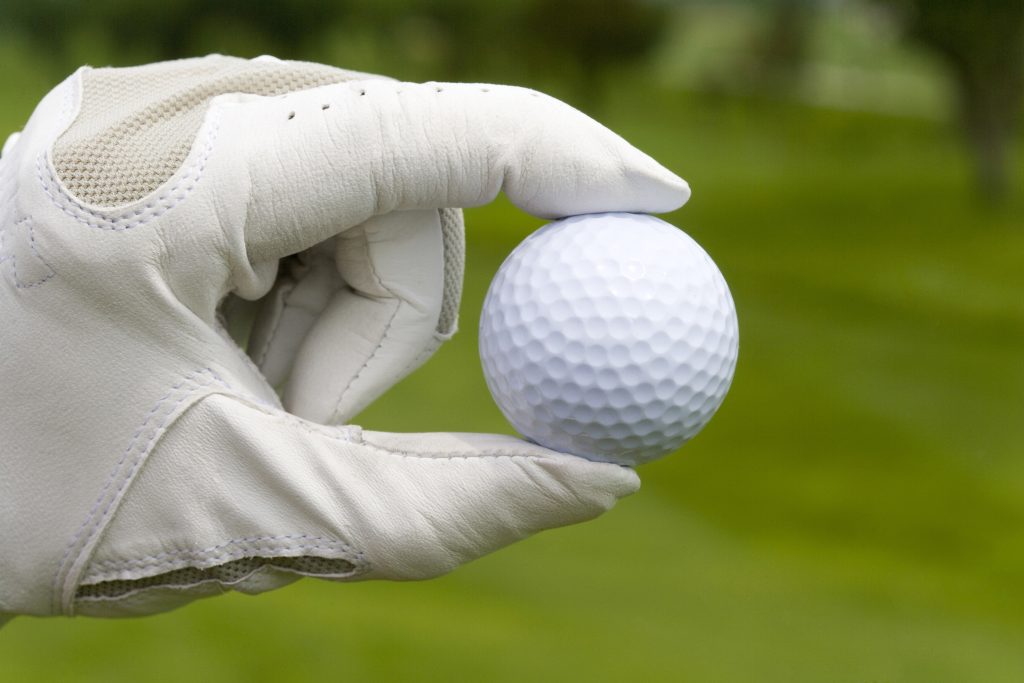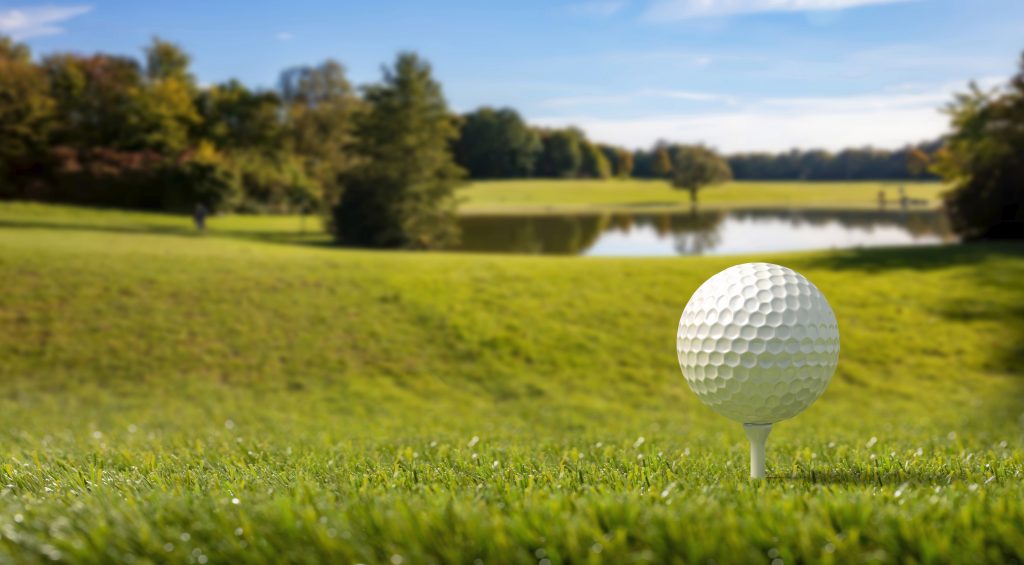What’s in Golf Balls
Do you know what’s in Golf Balls? Have you ever wondered what goes into the construction of a golf ball? Beyond their dimpled exteriors lies a world of engineering and design crafted to enhance your game on the course. In this article, we’ll uncover the secrets hidden within golf balls. From the core to the cover, we’ll delve into the components that make these tiny spheres of wonder fly through the air with precision and grace.

1. The Core of the Matter
At the heart of every golf ball lies its core, the central component responsible for its performance characteristics. Cores vary in composition and construction, ranging from solid rubber cores to complex multi-layered designs. The core is crucial in determining distance, spin, and feel.
2. Unwrapping the Layers
Surrounding the core are one or more layers of materials, each serving a specific purpose in the ball’s performance. These layers, often made of synthetic materials such as Surlyn or urethane, contribute to the ball’s overall feel, durability, and spin control.

3. Diving into Dimple Design
The dimples on a golf ball’s surface may seem like simple aesthetic features, but they play a vital role in aerodynamics. Dimple designs are carefully engineered to minimize drag and maximize lift, allowing the ball to achieve optimal trajectory and distance.
4. The Chemistry of Cover Materials
The cover of a golf ball is typically made of either Surlyn or urethane, each offering unique properties and performance characteristics. Surlyn covers are known for their durability and distance, while urethane covers provide enhanced feel and spin control around the greens.
5. Exploring Specialty Additives
In addition to core and cover materials, golf ball manufacturers often incorporate speciality additives to enhance performance. These additives can include materials such as tungsten or titanium, which help fine-tune the ball’s weight distribution and flight characteristics.
6. The Impact of Compression
The amount of deformation a golf ball undergoes as it strikes the clubface is known as compression. Balls with lower compression are softer and compress more efficiently, providing a softer feel and higher launch angles. Higher compression balls, on the other hand, are firmer and offer greater distance and control for players with faster swing speeds.
7. Understanding Ball Flights
The combination of core, cover, and dimple design influences the trajectory and flight of a golf ball. Understanding how these factors interact can help players adjust their shots to achieve the desired ball flight, whether a high, towering drive or a low, penetrating iron shot.
8. Balancing Distance and Control

Golfers often face the dilemma of choosing between distance and control when selecting a golf ball. While high-compression balls may offer greater distance off the tee, softer compression balls provide more control and spin around the greens. Finding the right balance is critical to optimizing performance on the course.
9. Sustainability in Golf Ball Manufacturing
As environmental concerns continue to grow, golf ball manufacturers are exploring more sustainable materials and production methods. From biodegradable covers to eco-friendly packaging, efforts are underway to reduce the environmental impact of golf ball manufacturing.
10. Conclusion: A Ball of Surprises

In conclusion, the humble golf ball is a marvel of engineering and design, with each component carefully crafted to optimize performance on the course. Every aspect of its construction contributes to its flight, feel, and spin characteristics from the core to the cover. So, the next time you tee up a ball, take a moment to appreciate the intricate craftsmanship that lies within.
Golf ball weight
Golf ball weight is a crucial factor that can significantly impact a player’s performance on the course. Standard golf balls typically weigh around 45.93 grams (1.62 ounces), but variations in weight can occur depending on factors such as construction materials and manufacturing processes.
The weight of a golf ball affects its flight characteristics, with heavier balls generally producing lower trajectory shots and lighter balls achieving higher trajectories. Additionally, weight can influence the feel of the ball upon impact, with some players preferring the feedback of a heavier ball. In contrast, others opt for the responsiveness of a lighter one.
Finding the right balance of weight is essential for golfers seeking to optimize their distance, accuracy, and overall game experience.

Inside a golf ball, elastic bands
Elastic bands provide energy transfer and resilience upon impact inside a golf ball. These elastic bands, often made of synthetic materials such as rubber, are strategically positioned within the golf ball’s core.
When a club strikes the ball, these bands compress and rapidly expand, storing and releasing energy to propel the ball forward. This elasticity helps maximize the distance and velocity of the ball, ensuring a powerful shot off the tee or from the fairway. Additionally, the use of elastic bands contributes to the overall feel and responsiveness of the golf ball, providing players with feedback and control over their shots.
Overall, these elastic bands are a fundamental component of golf ball design, working silently but effectively to enhance performance on the course.
11. FAQs About Golf Ball Composition
Q1: What is the core of a golf ball made of?
A1: A golf ball’s core is typically made of solid rubber or a combination of synthetic materials designed to provide specific performance characteristics.
Q2: How do dimples affect the flight of a golf ball?
A2: Dimples on a golf ball’s surface reduce drag and increase lift, allowing the ball to travel farther and more accurately through the air.
Q3: What is the difference between Surlyn and urethane covers?
A3: Surlyn covers are known for their durability and distance, while urethane covers offer enhanced feel and spin control.
Q4: What role does compression play in golf ball performance?
A4: Compression affects the feel and performance of a golf ball, with lower compression balls providing a softer feel and higher launch angles and higher compression balls offering greater distance and control.
Q5: Are there any sustainable options for golf balls?
A5: Yes, golf ball manufacturers are increasingly exploring sustainable materials and production methods to reduce the environmental impact of golf ball manufacturing.
I am a sports-specialized writer and blogger based in the USA, UK, Canada, and Australia. I have four years of experience in sports and all types of categories. So, I am working on solving these issues and will give you various tips.
